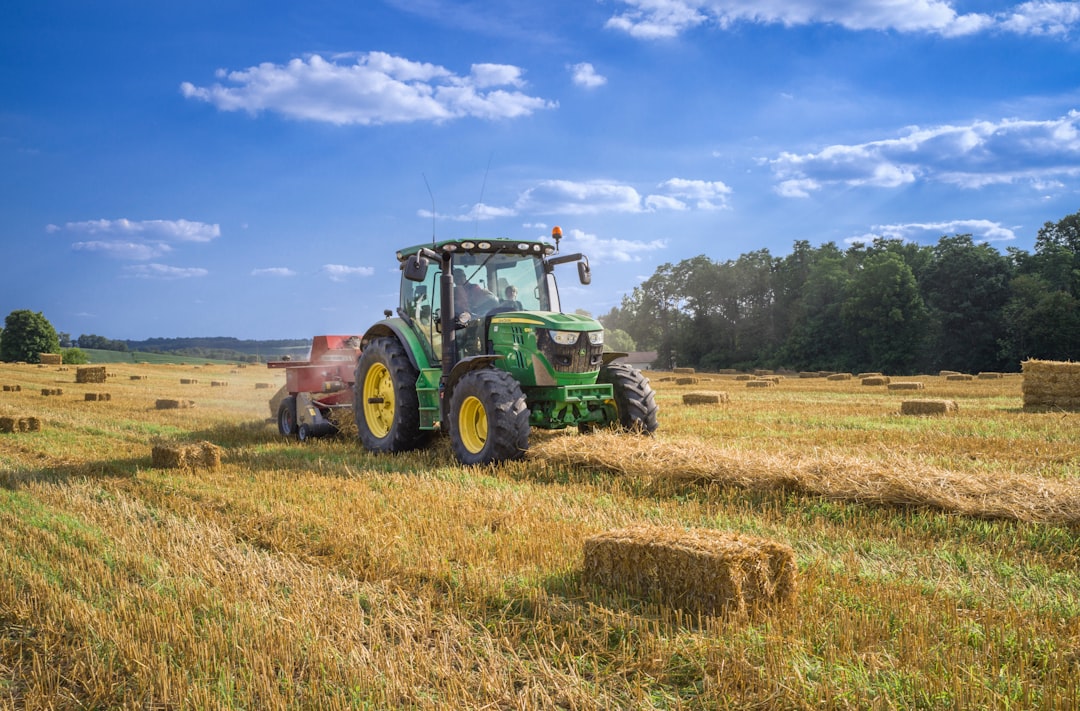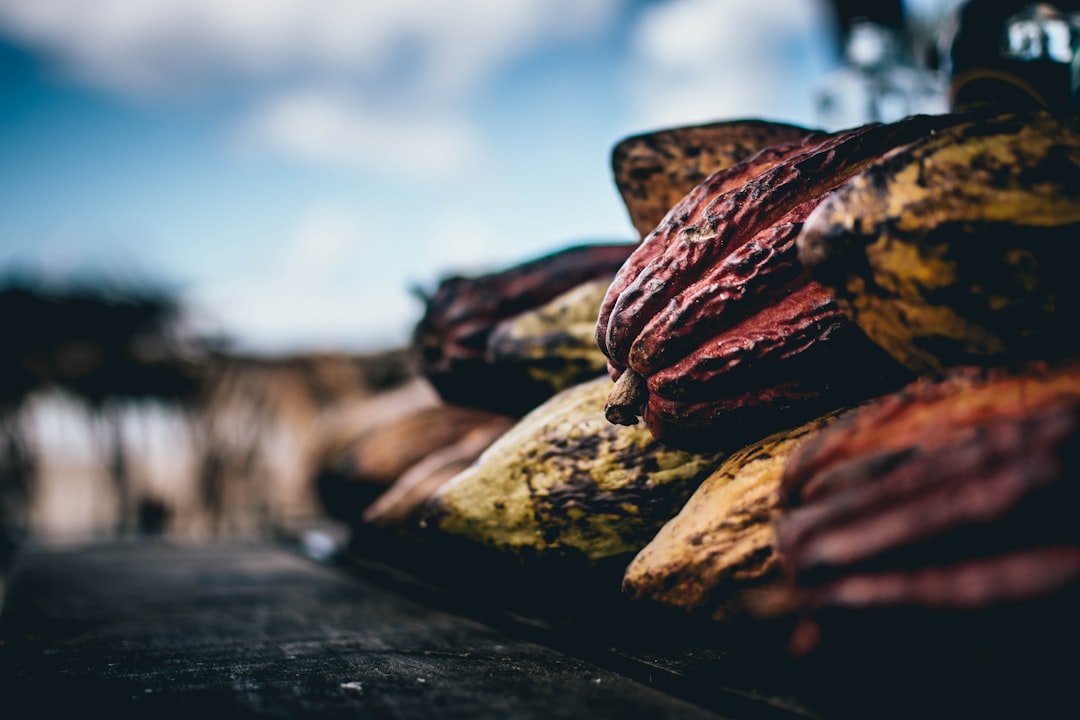What is it about?
Using big data (more than 1 million household level information) this article characterizes the maize producing households in Bangladesh. With nearly 160 million population but a physical size of Ohio State of the USA, Bangladesh is one of the most densely populated and extreme land-scarce countries in the world.
Featured Image
Why is it important?
The feed demand for maize in Bangladesh has been increasing rapidly due to growing consumption of poultry and fish. This study identifies the factors that positively affect the decision to maize cultivation and land allocation to maize. Thus, the study provides deep insights into what should be done to expand maize cultivation in Bangladesh
Perspectives
This article is mainly a quantitative article in nature. However, the inclusion of the district-specific variables such as land suitability, land topography, and other factors will motivate even qualitative researchers to read. To my knowledge, this is the first article of its kind that characterizes maize farmers in Bangladesh using a large agriculture census data of Bangladesh.
Dr Khondoker A. Mottaleb
International Maize and Wheat Improvement Center (CIMMYT)
Read the Original
This page is a summary of: Determinants of maize cultivation in a land-scarce rice-based economy: The case of Bangladesh, Journal of Crop Improvement, March 2018, Taylor & Francis,
DOI: 10.1080/15427528.2018.1446375.
You can read the full text:
Contributors
The following have contributed to this page










